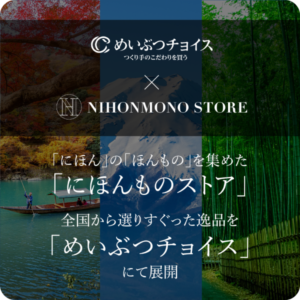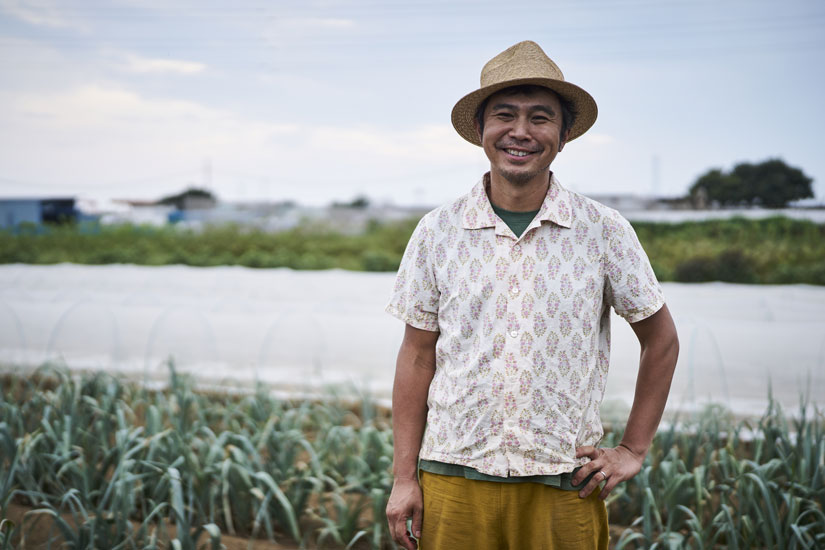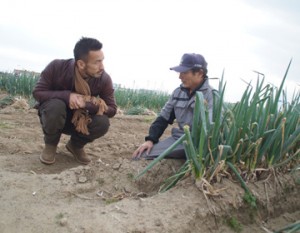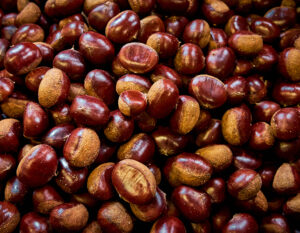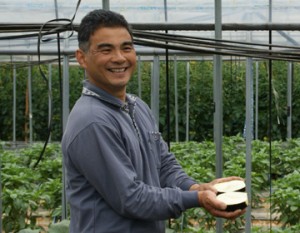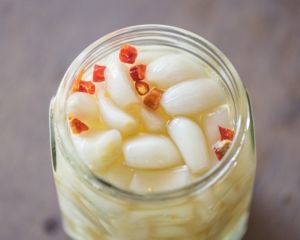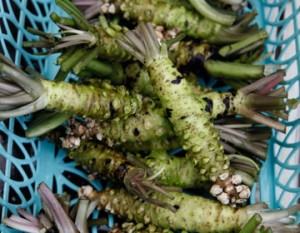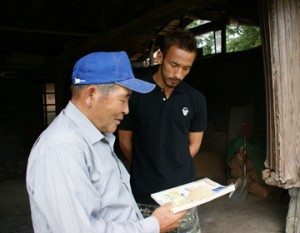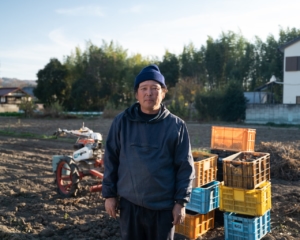Mr. Kurita, who loves to cook, grows unique and flavorful vegetables that have won the praise of professional chefs. What is the source of the driving force that motivates Mr. Kurita?
Kyredo’s Way of Farming
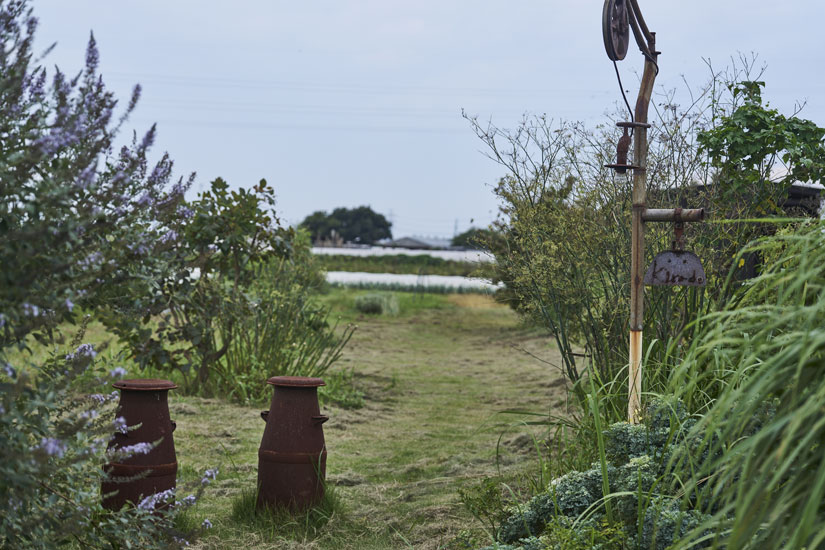
Yotsukaido City, located to the north of Chiba City, the prefectural capital, is a typical bedroom community in an urban suburb, but it also has a history as a pioneer area after the end of the war and is still an area where plots of land have been cleared and farmland remains. Mr. Takashi Kurita of “kiredo” is farming in one of these areas. He started farming in earnest in 2012 in his hometown of Yotsukaido, hoping to convey the “delicious” and “interesting” aspects of vegetables and fields. Despite the mild climate of Chiba Prefecture, the inland location means that there are frosty days in winter. In such an environment where “vegetables that like the cold and vegetables that like the summer can both be grown,” he is currently growing about 150 kinds of vegetables and herbs.
A Look at the Life of Vegetables
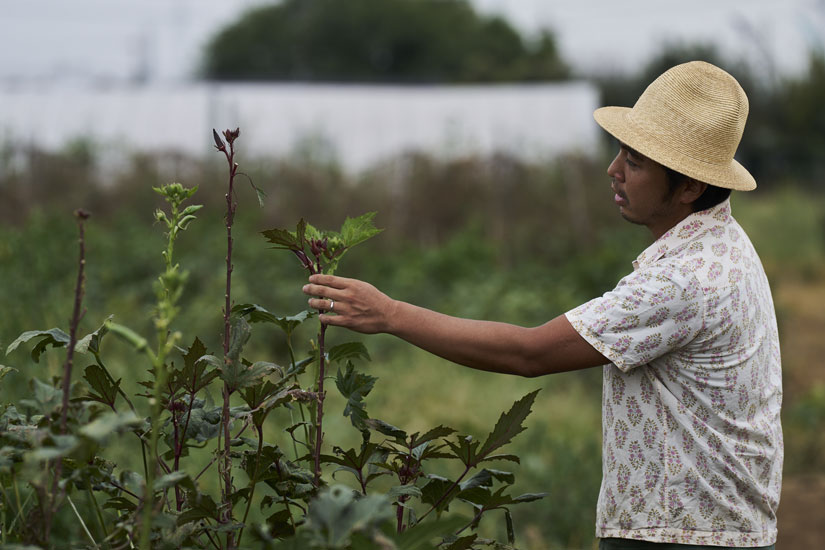
Savoy cabbage becomes soft and sweet when cooked, so it is good for cabbage rolls. We grow five kinds of carrots, including purple carrots and island carrots native to Okinawa. Hitomi carrots are delicious raw. The red island okra over here can also be eaten raw,” he says. I was surprised by the sweet flavor of the freshly harvested okra, and at the same time, I was surprised to find that it did not have the spicy texture characteristic of okra, which overturned my image of okra.
For example, Takashi considers the possibility of using not only the leaves, stems, and seeds of the herb fennel, but also the roots. For zucchini, he actually tastes the vine, leaves, and flowers to see what they taste like, and uses them in his cooking. He says that it is interesting to explore unknown parts of vegetables by “looking at the whole life of a vegetable,” rather than focusing on it as an ingredient only for a time during harvest, and to let chefs and consumers with whom he has a relationship know about it.
Furthermore, Takashi’s curiosity is not limited to the life of a vegetable, but extends to how the vegetable is eaten and cultivated in its place of origin.
Vegetables Grown with Minerals
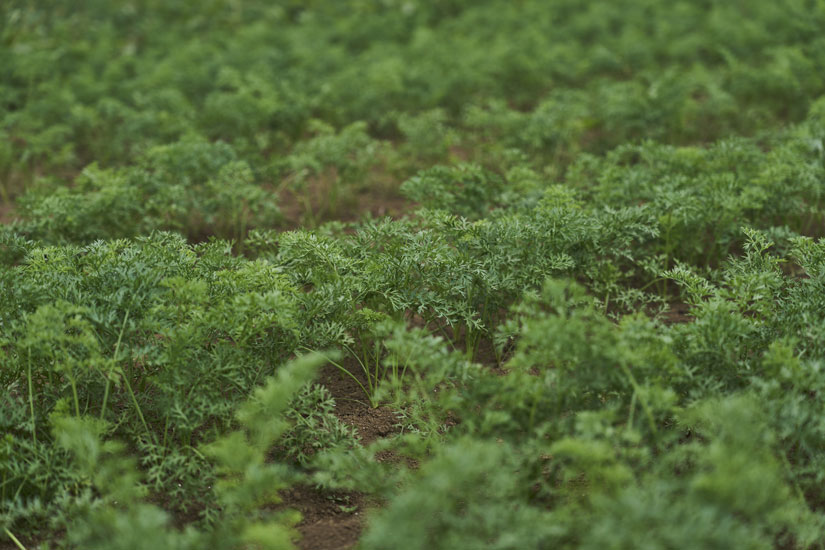
When Takashi tasted trevis, a vegetable similar in appearance to purple cabbage, in Italy, where it originated, he was so impressed by its sweetness and lack of bitterness that he went to talk to the grower. He found out that the water used in the local fields contained a large amount of minerals, and he immediately began feeding his own fields with shellfish-derived minerals. He immediately began feeding his own vineyards with shellfish-derived minerals, which immediately brought him closer to the taste he had been shocked by in Italy. He said, “How close you can make your crops to their environment of origin is connected to how healthy and tasty they grow. The experience in Italy made me realize this,” he says.
Takashi has personally experienced and proven the deliciousness of vegetables grown in mineral-rich soil. On the other hand, “If you use more compost, you can increase the yield, but it also brings out the starch. The taste is also diminished.” He also mentions the risk of using too much compost. Aiming to produce vegetables without bitterness, Kuredo’s most basic cultivation method is to “use less compost and grow with minerals.
When visiting Kiledo’s fields, Takashi recommends one vegetable after another to “try them raw,” and each time you taste them, you are surprised by their unique and vital flavors. This “field tasting” is something he can do with confidence because the crops have no bitterness.
The food is at the top of the list.
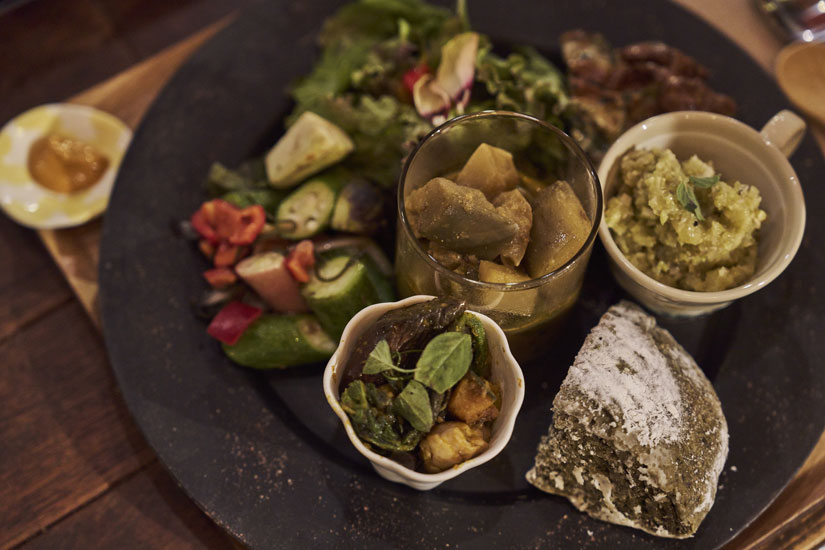
Takashi is a good taster, but when he explains vegetables in the field, he always includes the “cooking method” in his talk. This is because “the dish is at the top of the idea.
Instead of looking at the ingredients and then thinking about what to cook, Takashi first has a dish in mind that he wants to eat, and then he grows the crops necessary for that dish. If it does not grow here, he grows a similar crop and cooks it himself to see if it is satisfactory. He then takes the cooking methods and ingredients back to the chefs he knows and asks them to make use of them. As a result of his efforts, he now grows as many as 150 different crops each year.
Takashi, who also loves to cook, established “kiredo VEGETABLE Atelier” in 2015. Located in a residential area in the suburbs of Chiba City, about 8 km south of the Yotsukaido farm, it is an actual store with a café, gallery, and direct sales function. At Vegetable Atelier, his wife Keiko runs the restaurant, which mainly serves lunch plates using Kuredo vegetables.
We opened the store as a place for local people to learn more about vegetables. Our goal is to provide an opportunity for people to try vegetables they didn’t know existed at all, and to make them think that Kuredo’s vegetables are a little different from the ordinary ones.
Meeting Ms. Yoshiyomi Nakano in Kanazawa
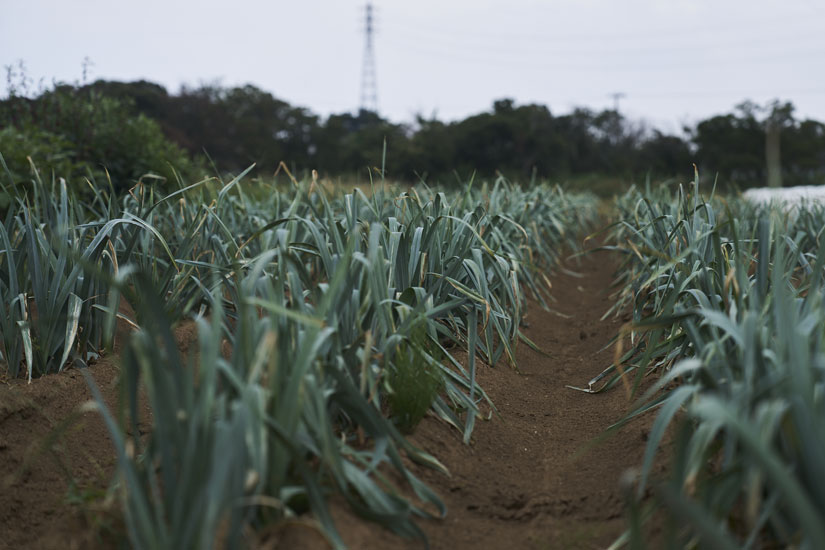
Takashi went from his hometown of Yotsukaido to a university in Kyushu and spent about 6 years as a software engineer in Kanazawa, Hokuriku. He has always loved good food, and while a student he was exposed to fine foodstuffs while working at the Blue Note, an upscale jazz live music club where French cuisine could be tasted. The chef of one of his favorite restaurants invited him to visit the farmers from whom the restaurant purchased its products. It was Ms. Kiyomi Nakano, who directly supplies vegetables to numerous chefs. The daikon radish I tasted in Ms. Nakano’s field tasted like a pear, which was shocking. I was shocked at how different the taste was depending on the farmer, even if it was the same variety. And Mr. Nakano was such a fun and charming person. My life changed from there.
Takashi started his vegetable garden “because I wanted a chance to talk to Mr. Nakano. Whenever he had a question, he would go to Mr. Nakano’s field and “he would spend a whole day teaching me how to grow various vegetables,” he recalls. He would go to the fields at 5:30 a.m. and work until 7:00 a.m. before coming to work, but he enjoyed it so much that he did not find it hard at all. After two years of vegetable gardening under Mr. Nakano’s tutelage, he could no longer resist the urge to make farming his main business, and he decided to return to Chiba.
Opening the door to Eco-Farm Asano
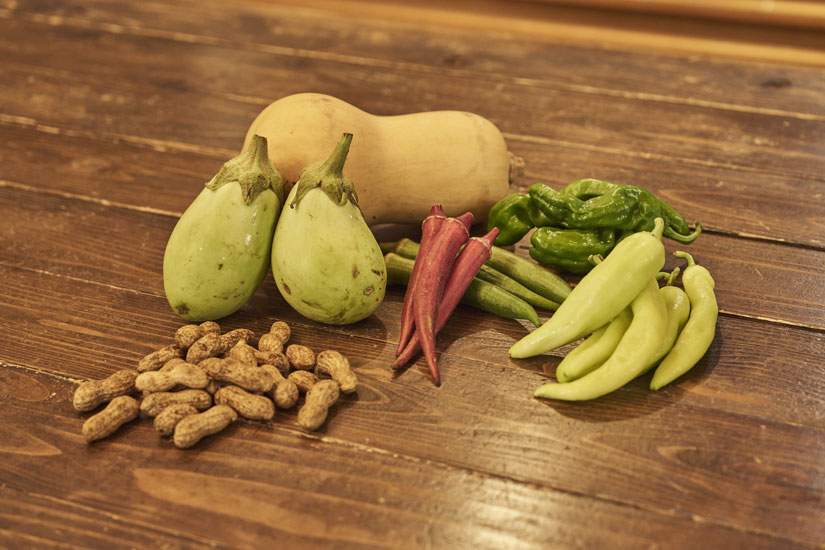
Like Mr. Nakano, there were people in Chiba who grew vegetables for professional chefs. Etsuo Asano of Chef’s Garden Eco Farm Asano is a charismatic figure who has been growing Western vegetables in small quantities and in many varieties for more than 20 years. Takashi studied under Mr. Asano for a year and a half when he first came to Eco-Farm Asano. However, Takashi’s doubts gradually grew.
Both Mr. Nakano and Mr. Asano only distribute to professional chefs, so the vegetables were not available to the general public. Delicious vegetables are easy to cook. That’s why they are suitable for ordinary households. But I really wondered why they were only passed on to chefs who cook elaborate dishes. Looking back on it now, I wonder if it was partly because the master was enjoying the serious competition with the chef. He continued to pose this question directly to Mr. Asano.
Six months after Takashi arrived at Eco Farm Asano, Mr. Asano drew a line across the field and declared, “From here on, you are free to use it. He opened the way for Takashi’s idea, saying, “If you insist so much, go ahead and do it yourself. Takashi is still grateful to Asano for the agricultural machinery and other services he provided. In 2011, he quickly created a website and opened “Kiredo,” a private vegetable delivery service within Eco-Farm Asano. He then opened a booth at the Niwanowa Arts & Crafts Fair Ciba, the largest craft fair in Chiba Prefecture, which led to an increase in customers in Chiba, and he began looking for a new place to set up shop in his hometown of Yotsukaido in late 2012.
The word “Kiredo” was coined by combining the word “uraraka,” which means the sun shining peacefully, and the words “yosuji,” which means a place of refuge or clue. Takashi laughs shyly and says, “This is the only time Mr. Asano has ever given me a compliment about my business name.
Spreading the Appeal of Vegetables and Farms in the Community
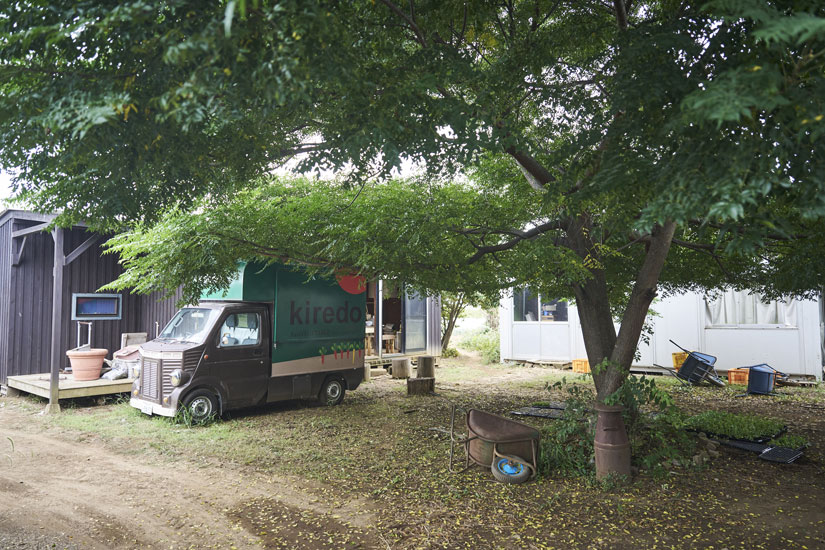
I had the opportunity to experience Nakano-san’s fields,” Takashi said, “but if you lived in a normal life, you would never have the idea that the taste of the same variety of daikon varies from farmer to farmer. I think this is a great waste. I want to convey the idea that having a relationship with a farmer you like will lead to a good diet. In order to be chosen as a favorite farmer for consumers, Kuredo places importance on “the two pillars of ‘delicious’ and ‘interesting. One is the “taste” of the crops we have seen so far, and the other is the “attractiveness of the field as a place.
A field where vegetables are growing can also be a place where people can appreciate the beauty of plants, play with them like in a park, or talk with them if there is a bench and a table. In order to have visitors actually experience the charm of these fields, Kiledo offers monthly field tours and cooking classes at the “Field Rental Studio,” a renovated old house located beside the fields. The Vegetable Atelier, where visitors can enjoy Keiko’s homemade lunches, serves as an antenna store for the fields, where they can interact with Kakedo on a more daily basis.
As the deliciousness and fun of the food is passed on, the farm will become an integral part of the residential area. If they become valuable to the community, I don’t think the fields will disappear,” Takashi stresses.
I want to continue to shine a bright light on food and the fields.
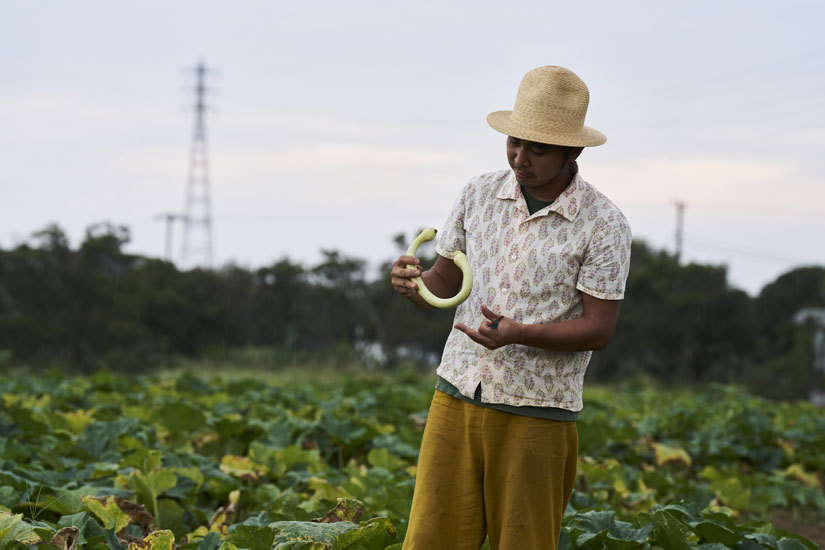
If we were to do it alone, we would only be able to feed about 100 households. If we do it on our own, we will only be able to feed about 100 households. If we do it individually, we will not be able to create a big trend. First, he will focus on the production of processed products, and he also has a plan to turn an empty house next to his farm into an inn so that farmers can stay overnight and experience farming.
Kireido is gradually expanding the circle of “delicious” and “interesting. As the name implies, we can hardly wait to see what the future holds for the inn, which is sure to become a beautiful place for people from all walks of life.
